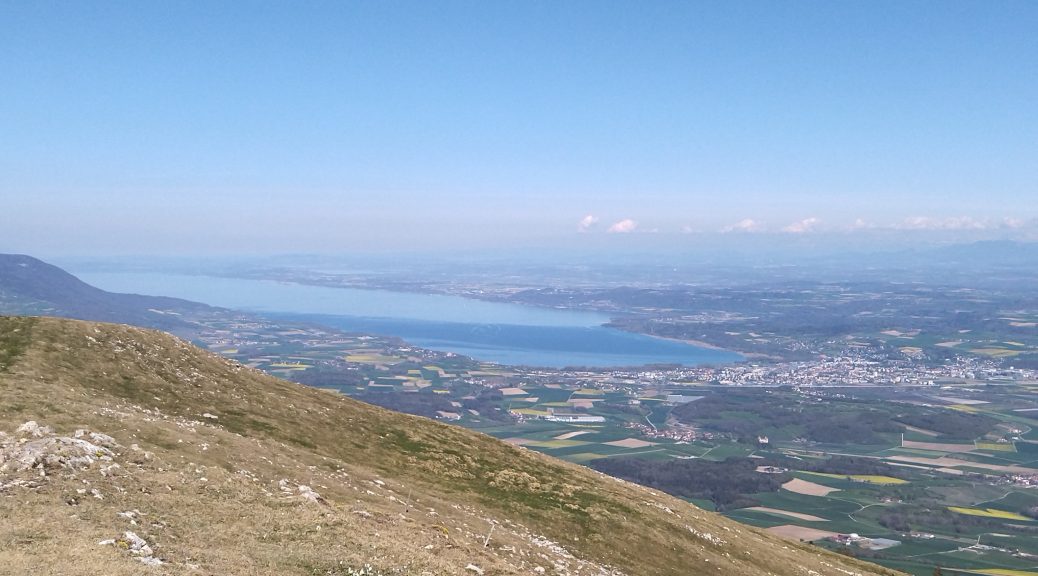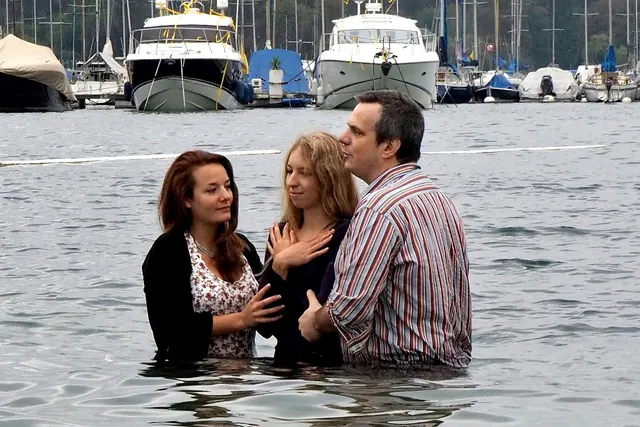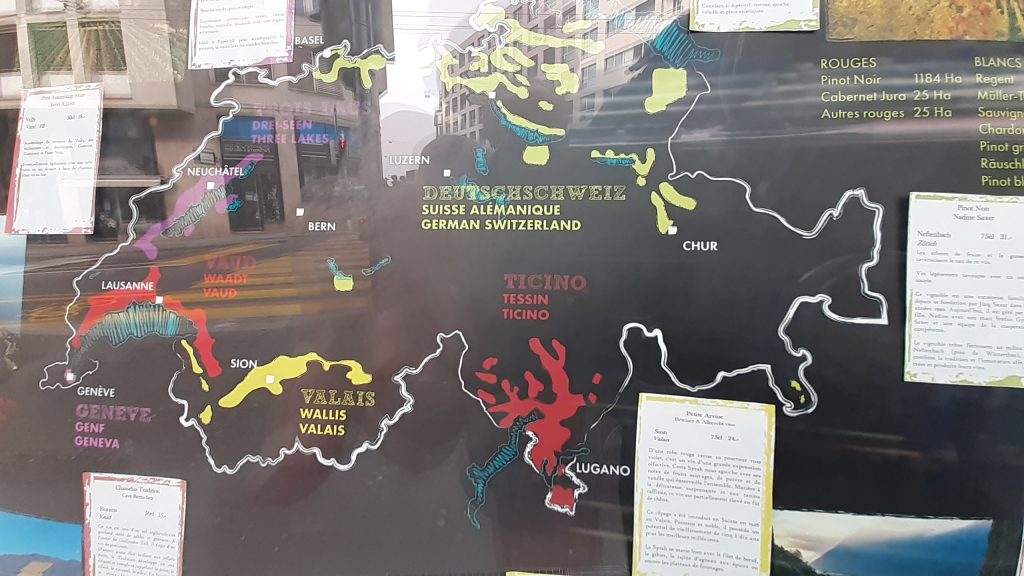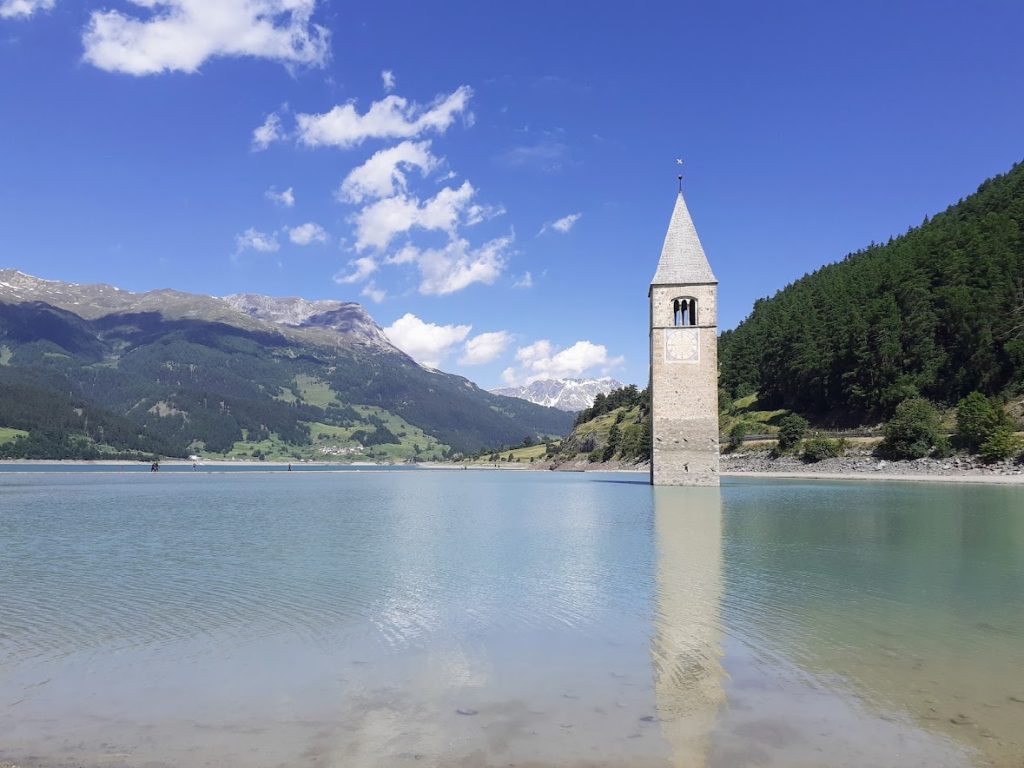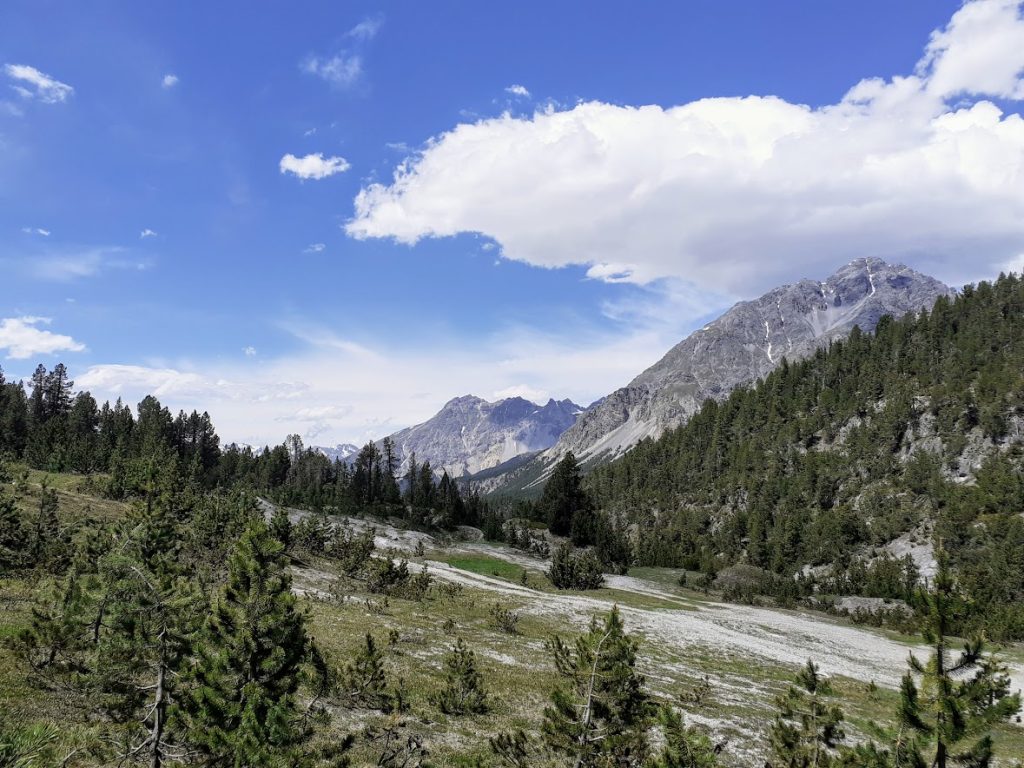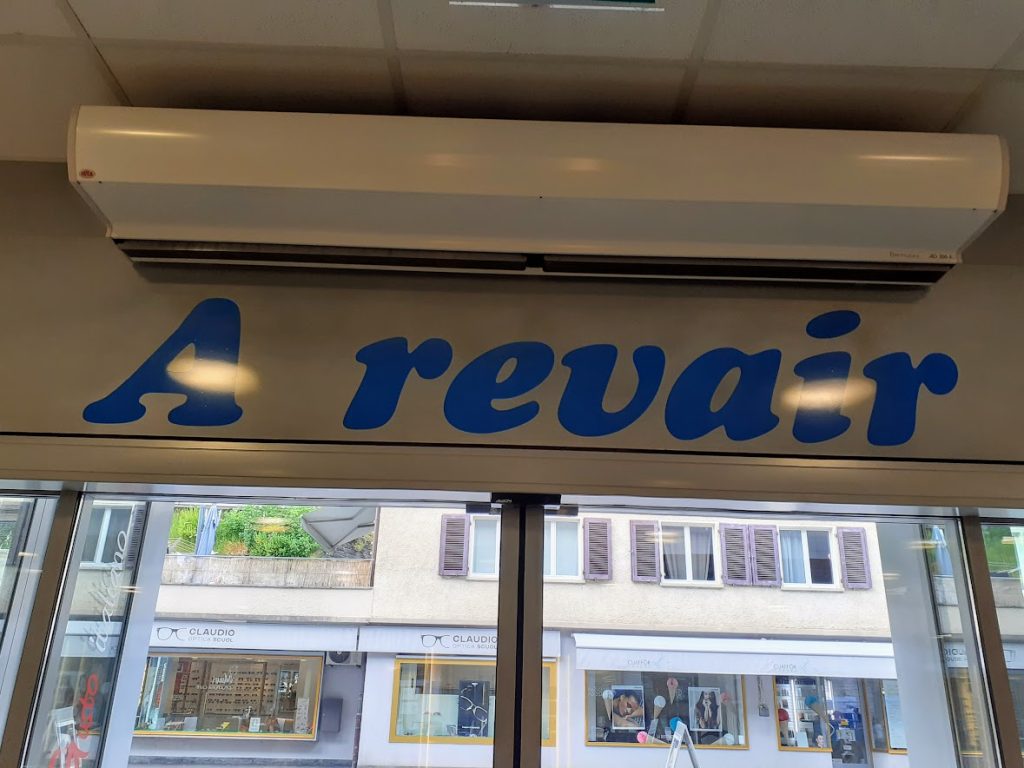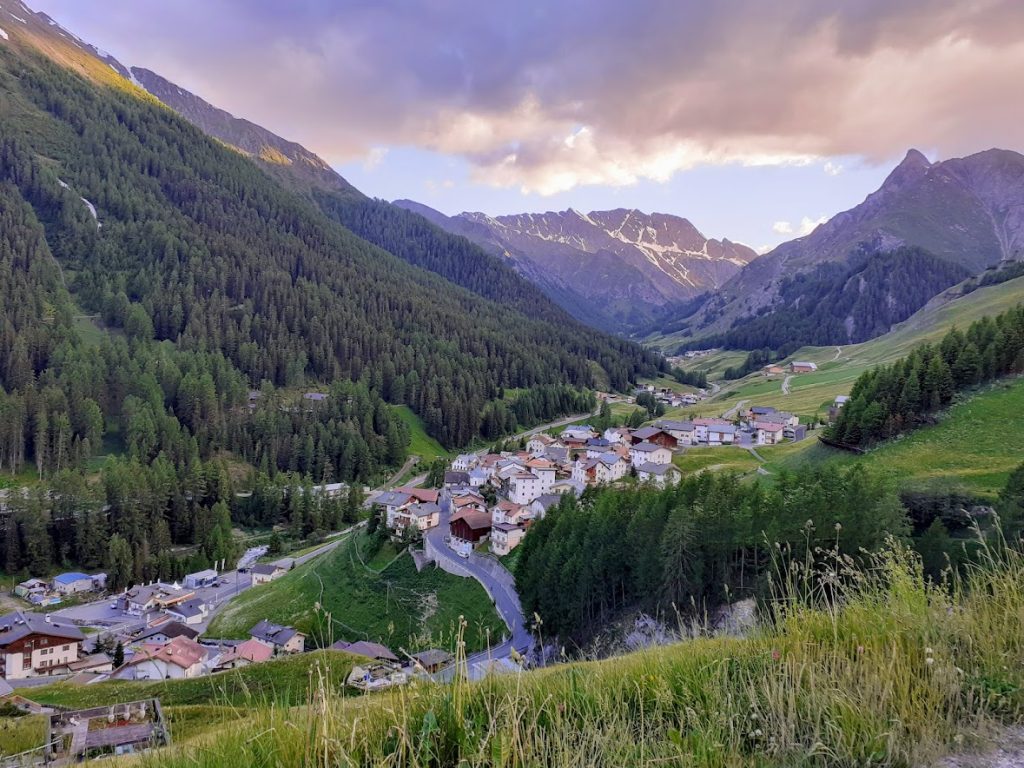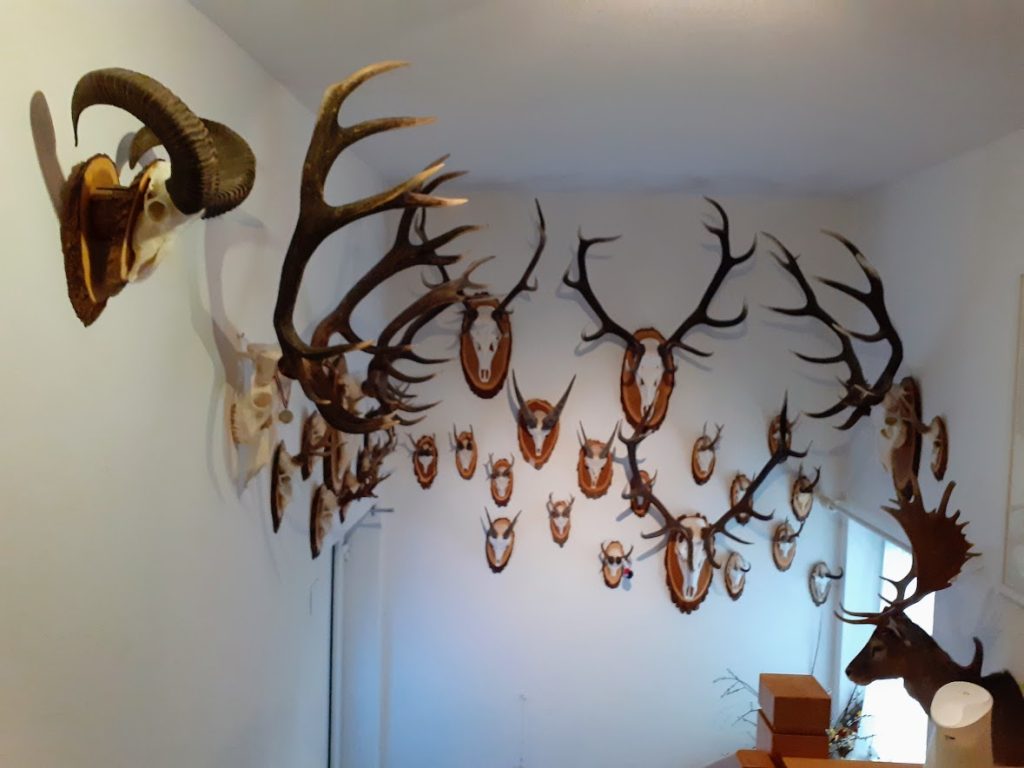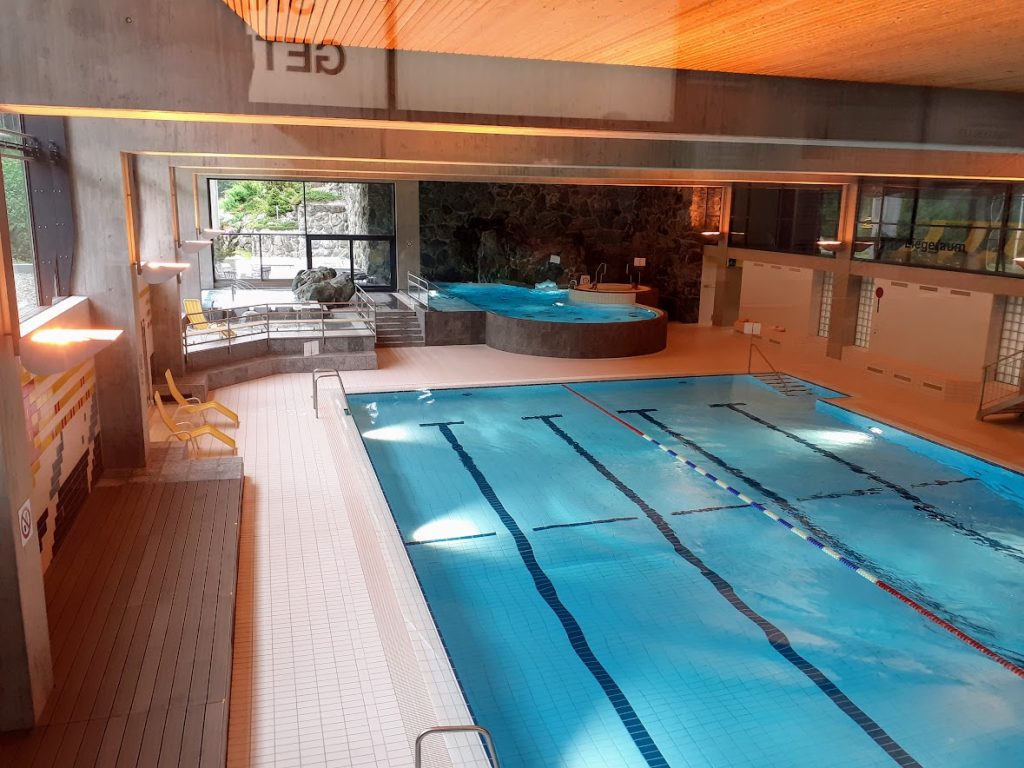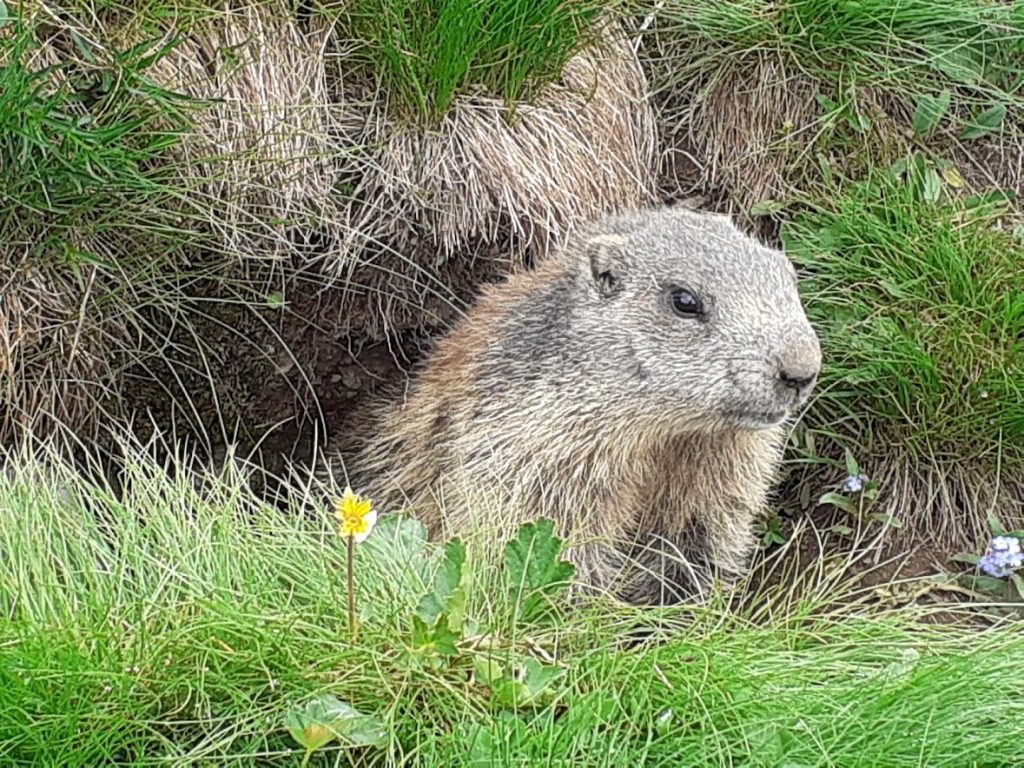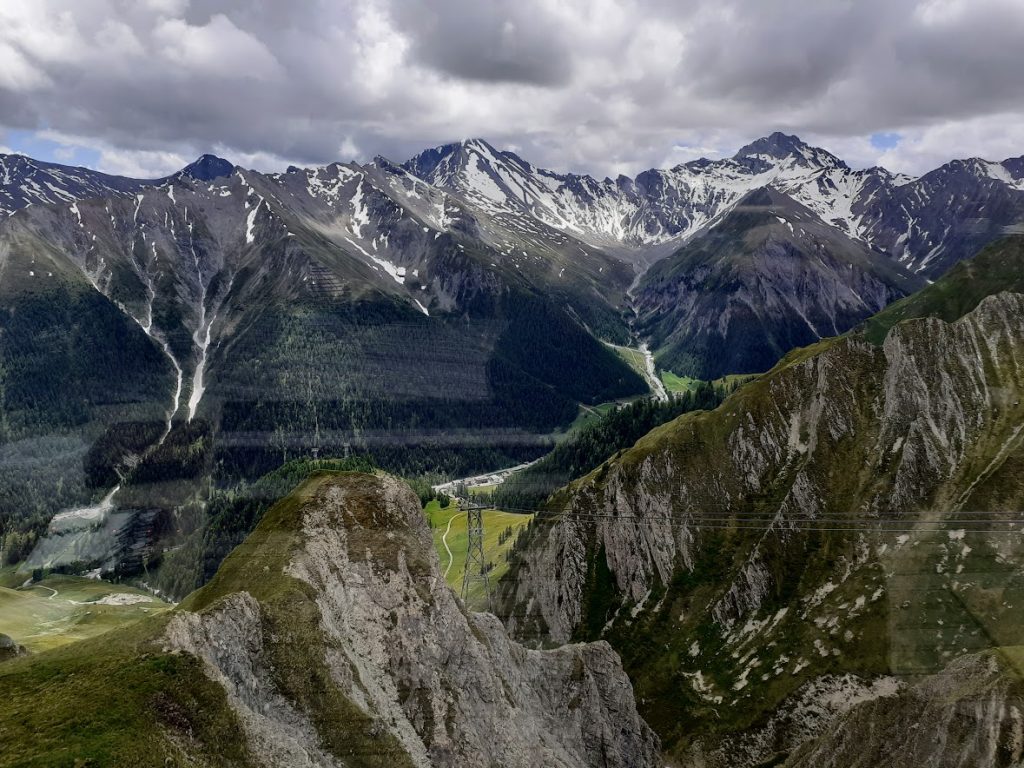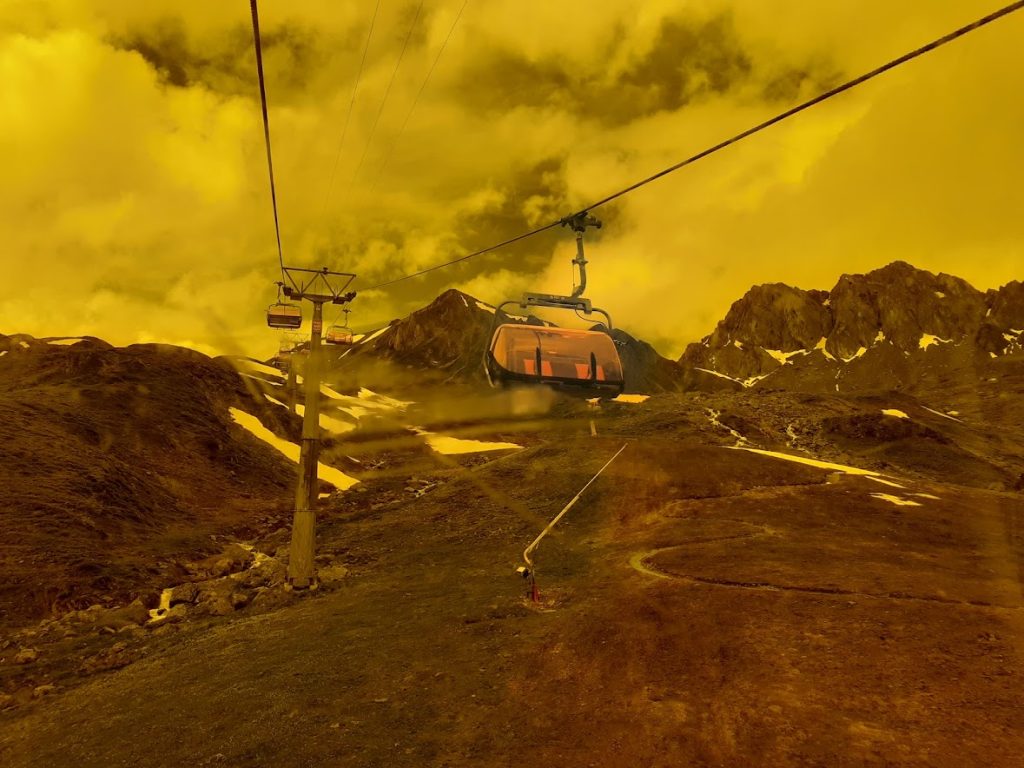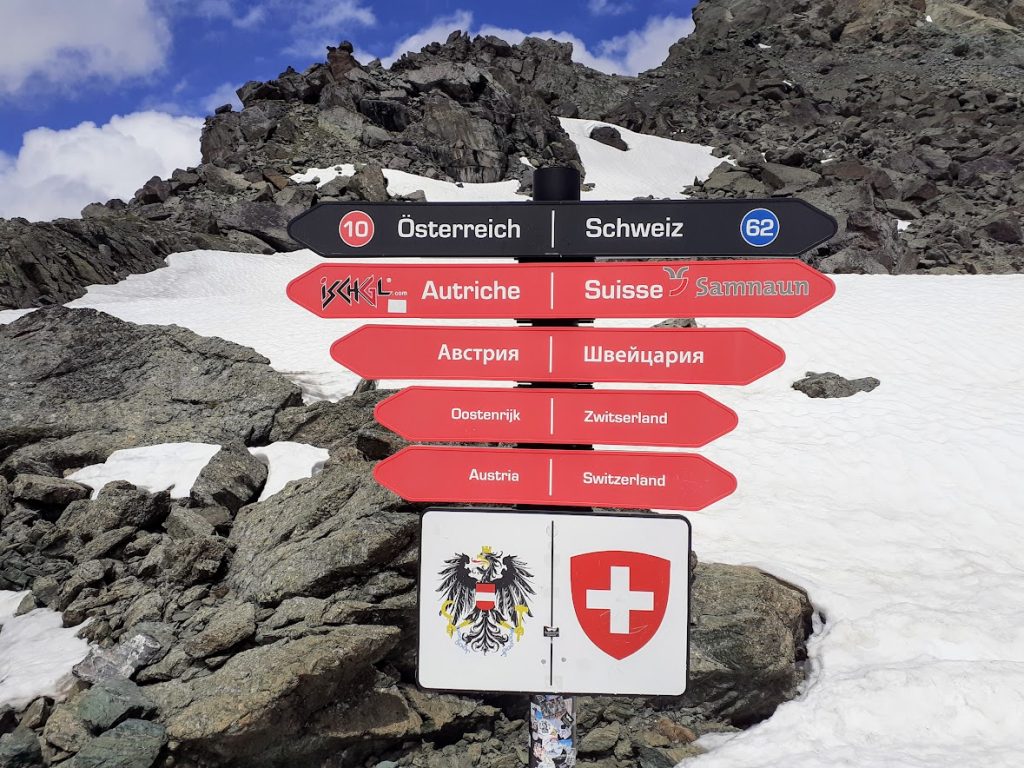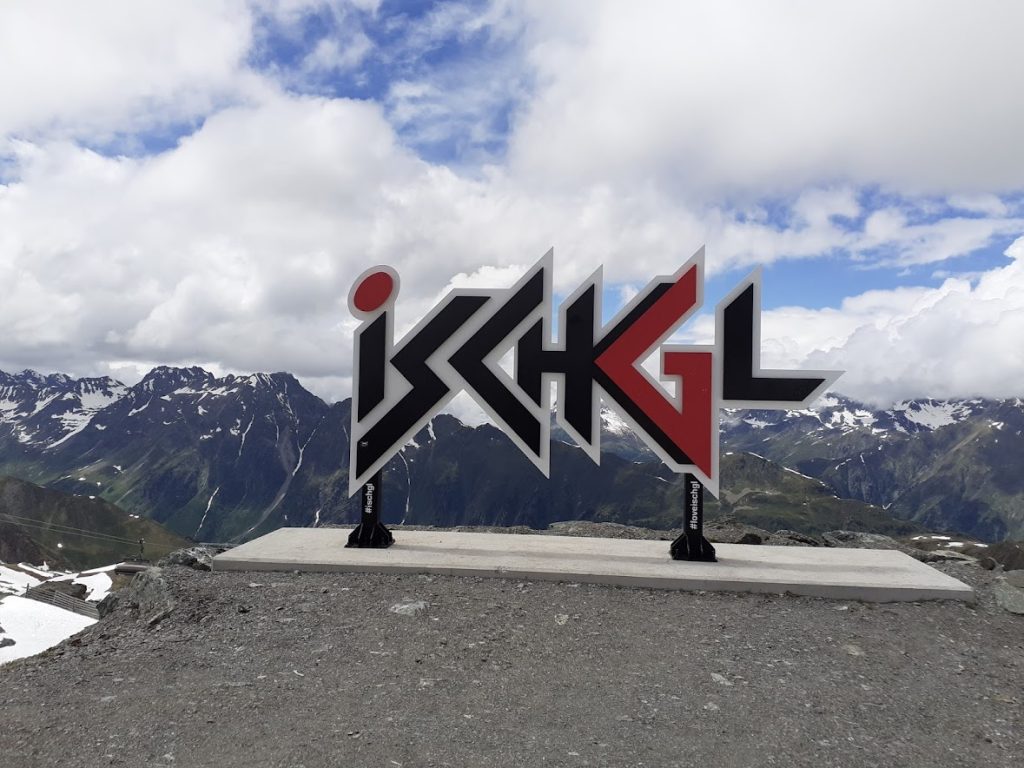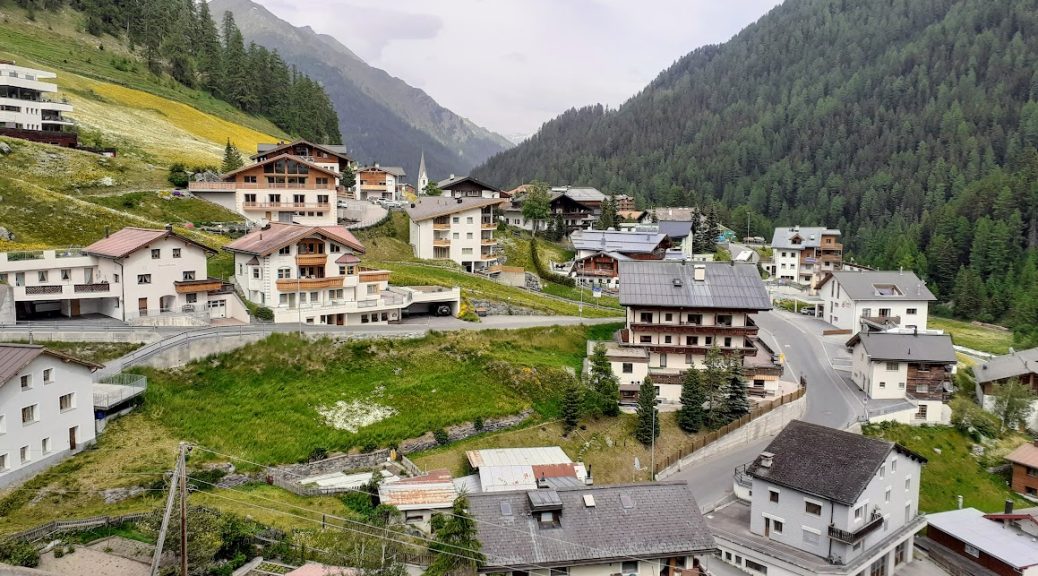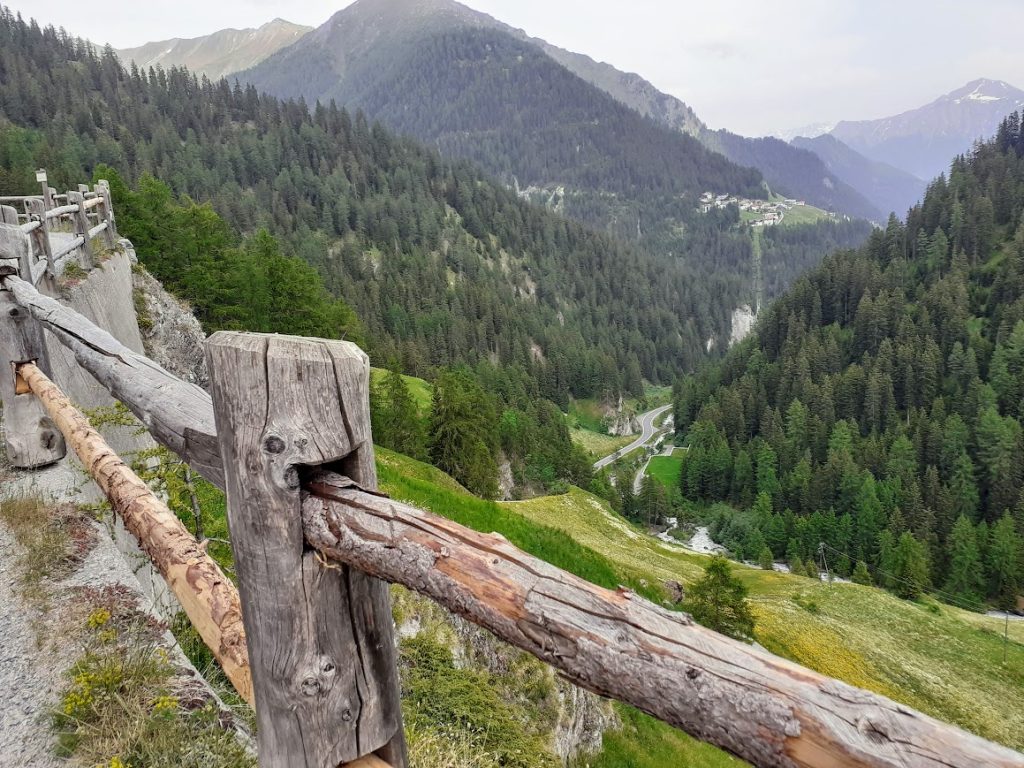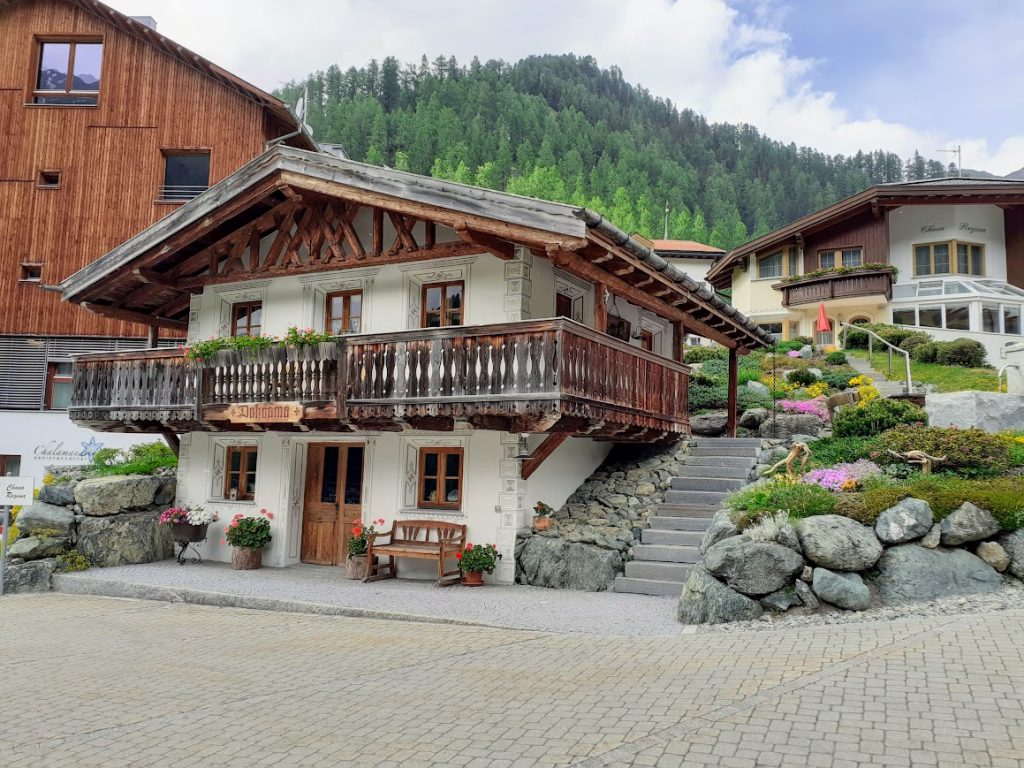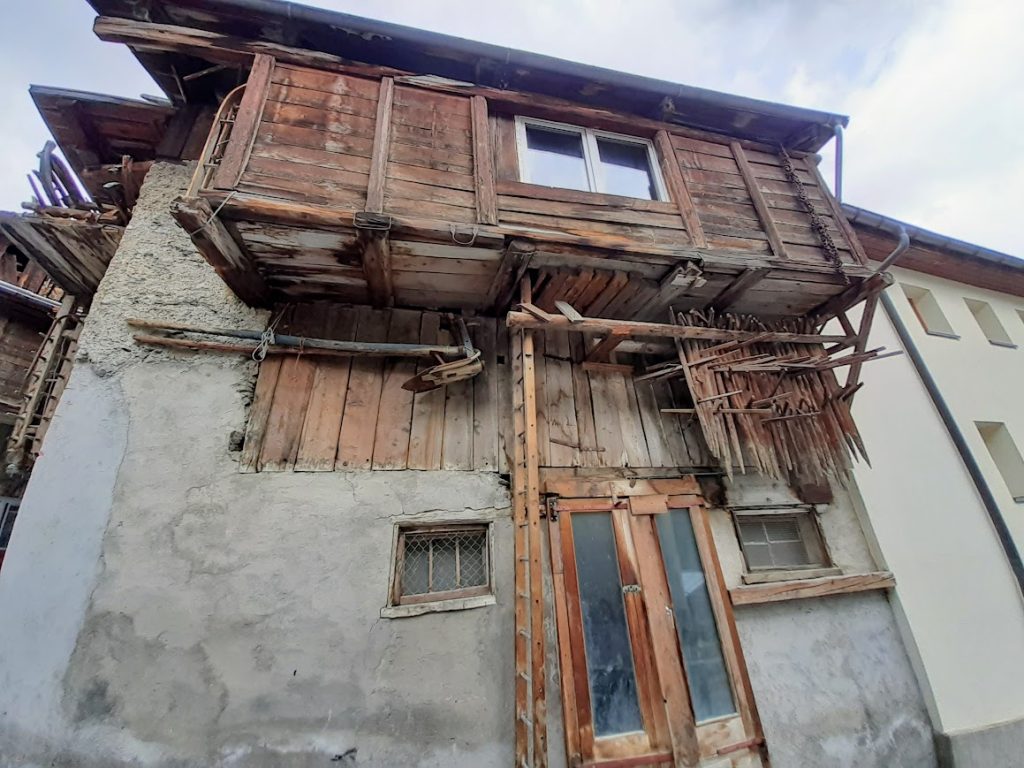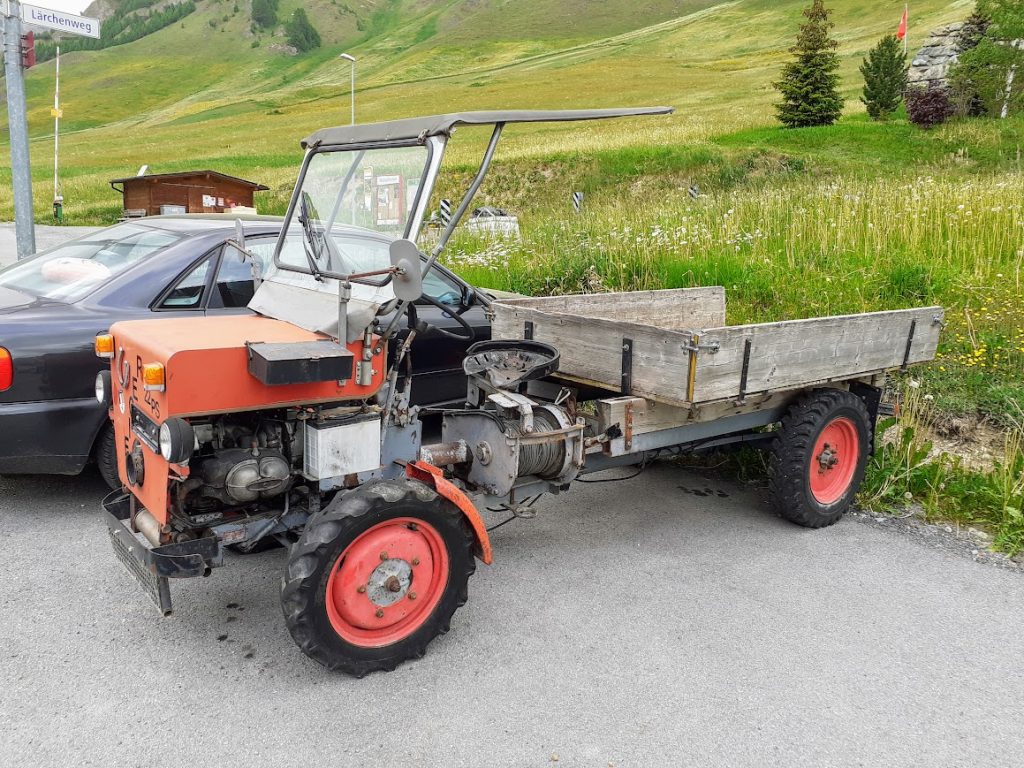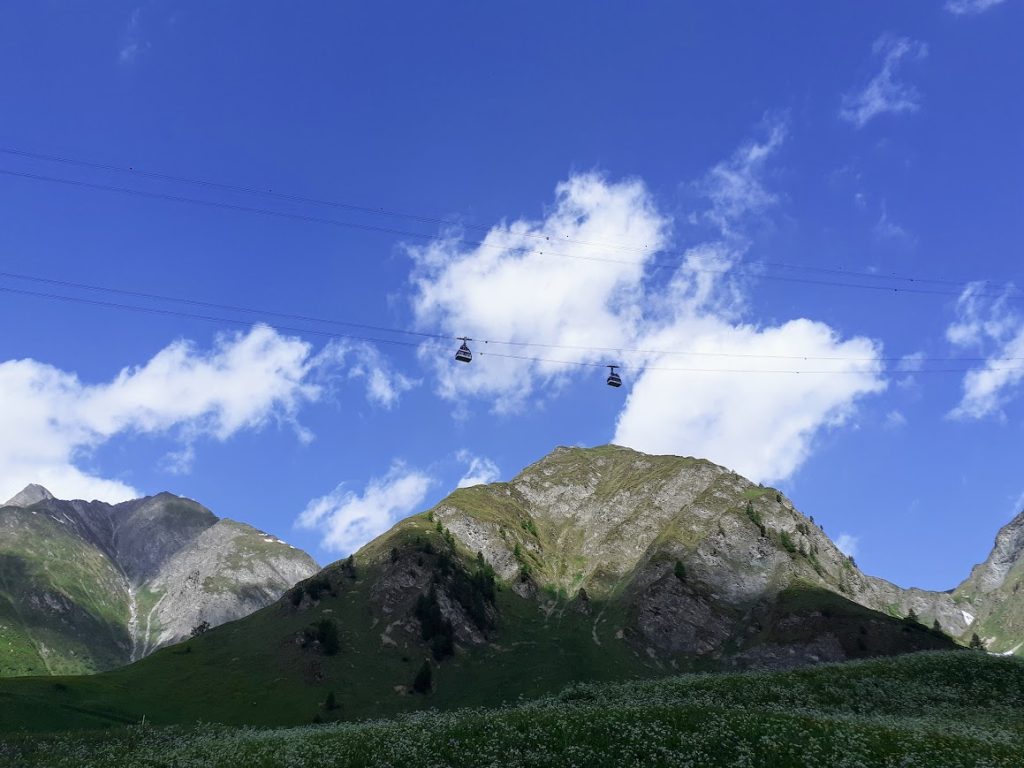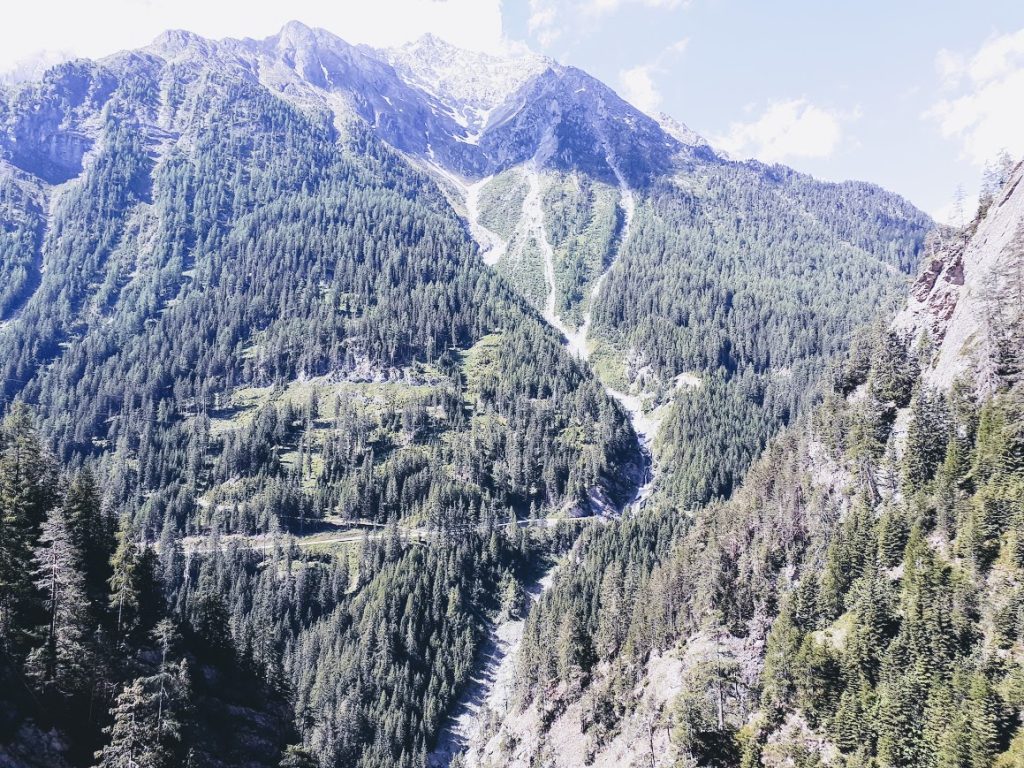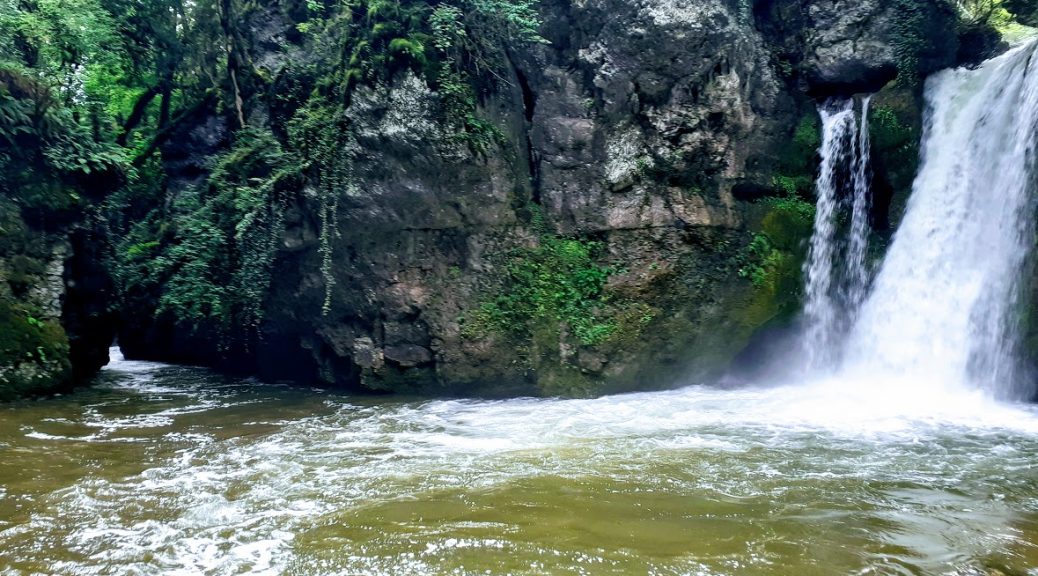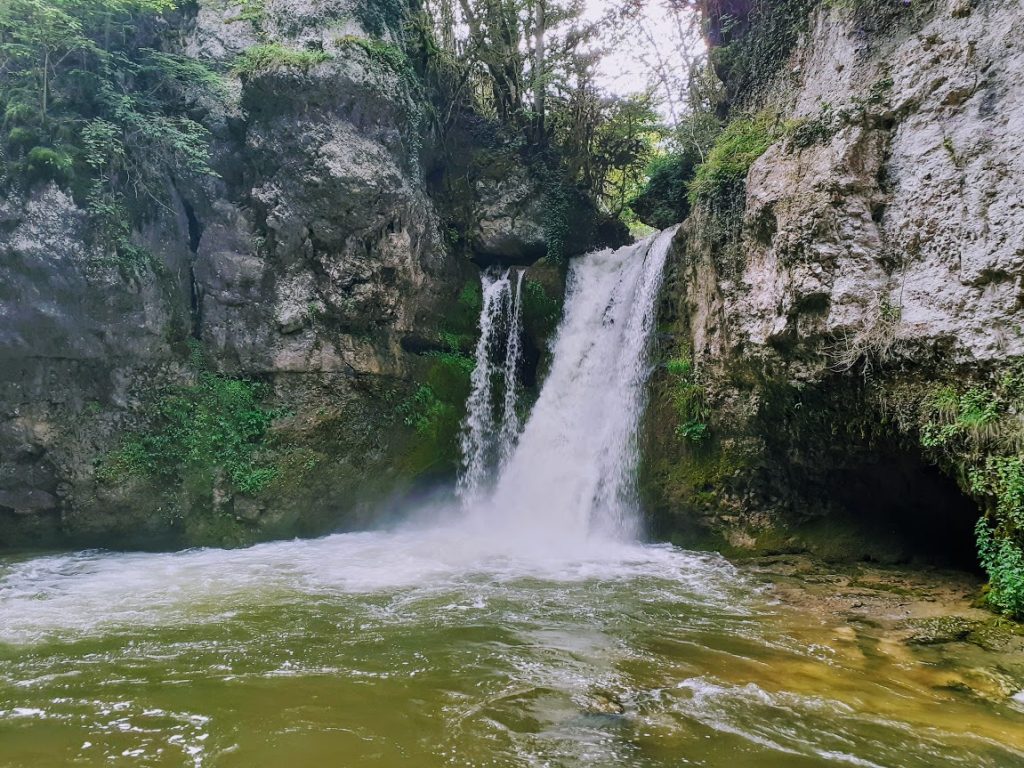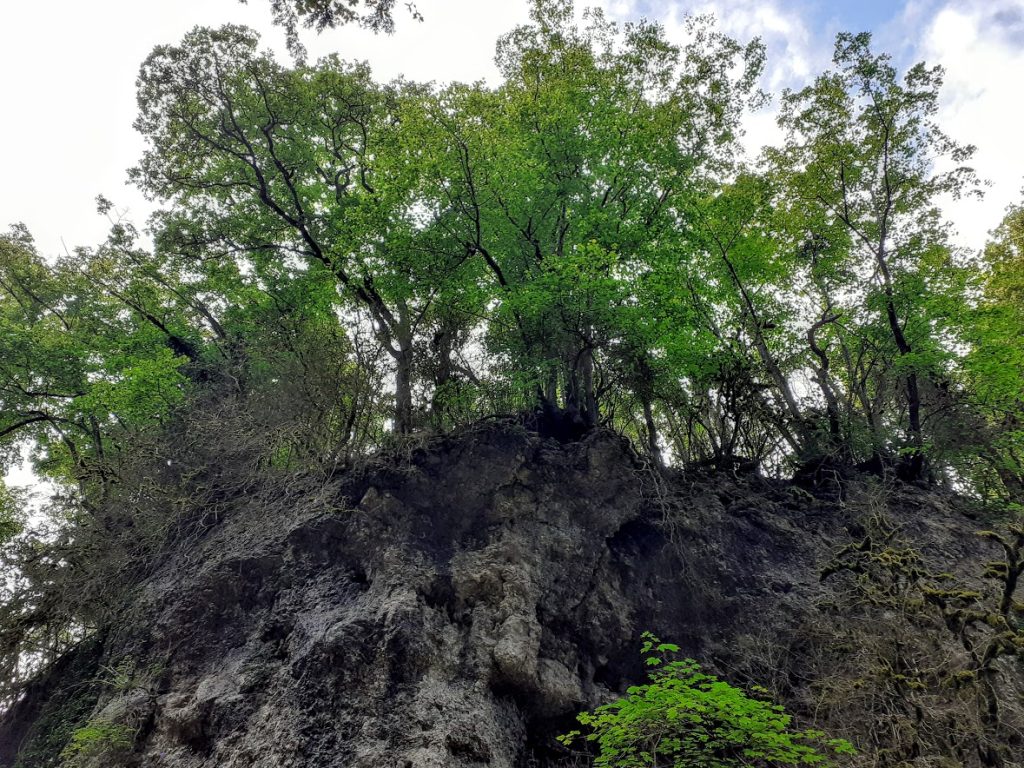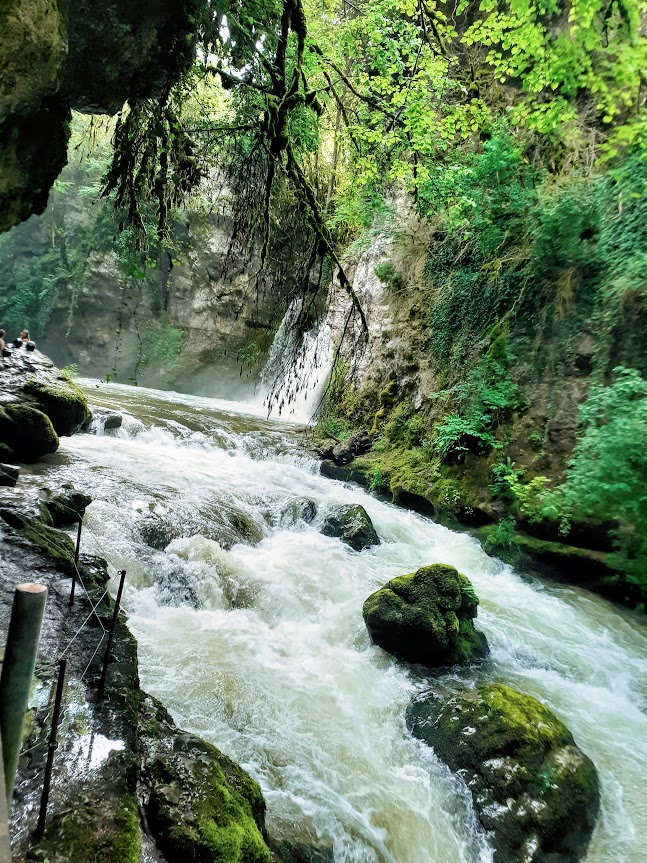Switzerland remove ist mastodon server
The Swiss confederation closes its Mastodon instance a fediverse server for its official communication. social.admin.ch. Reason not enough followers.
The Federal Chancellery has been operating a Mastodon instance for the federal administration since September 2023. The pilot project, which was limited to one year, ends today as the conditions for its continuation have not been met.
As part of their statutory information mandate, the Federal Council and the federal administration have also been communicating on social media for many years and are constantly examining whether previously unused platforms are eligible.
In September 2023, the Conference of Federal Information Services decided to launch a pilot project on the decentralised Mastodon platform. The Federal Chancellery then opened the social.admin.ch instance, on which members of the Federal Council and departments could manage official accounts. The pilot project was limited to one year.
Mastodon has useful features for government communication. Thanks to its decentralised organisation, the platform is not subject to the control of a single company or to any state censorship. Its source code is open, it complies with data protection and is not driven by algorithms.
Too few active users
On the social.admin.ch instance, three departments managed five accounts, and the Federal Chancellery managed one account for the entire Federal Council. The six accounts of the Confederation had around 3,500 subscribers in total.
On platforms such as X or Instagram, the Federal Council and the Federal Administration reach many more subscribers with comparable accounts. In addition, the contributions of the Mastodon accounts of the Federal Council and the Federal Administration have rather low engagement rates (likes, shares, comments). Finally, the number of active users of Mastodon worldwide is once again falling.
The Conference of Information Services of the Confederation therefore considers that the conditions for continuing the pilot project have not been met, and activities on the Mastodon accounts of the Federal Council and the federal administration are suspended as of today. The social.admin.ch instance will be closed at the end of the month.
